Spatial relations: Jiro Takamatsu at Stephen Friedman Gallery
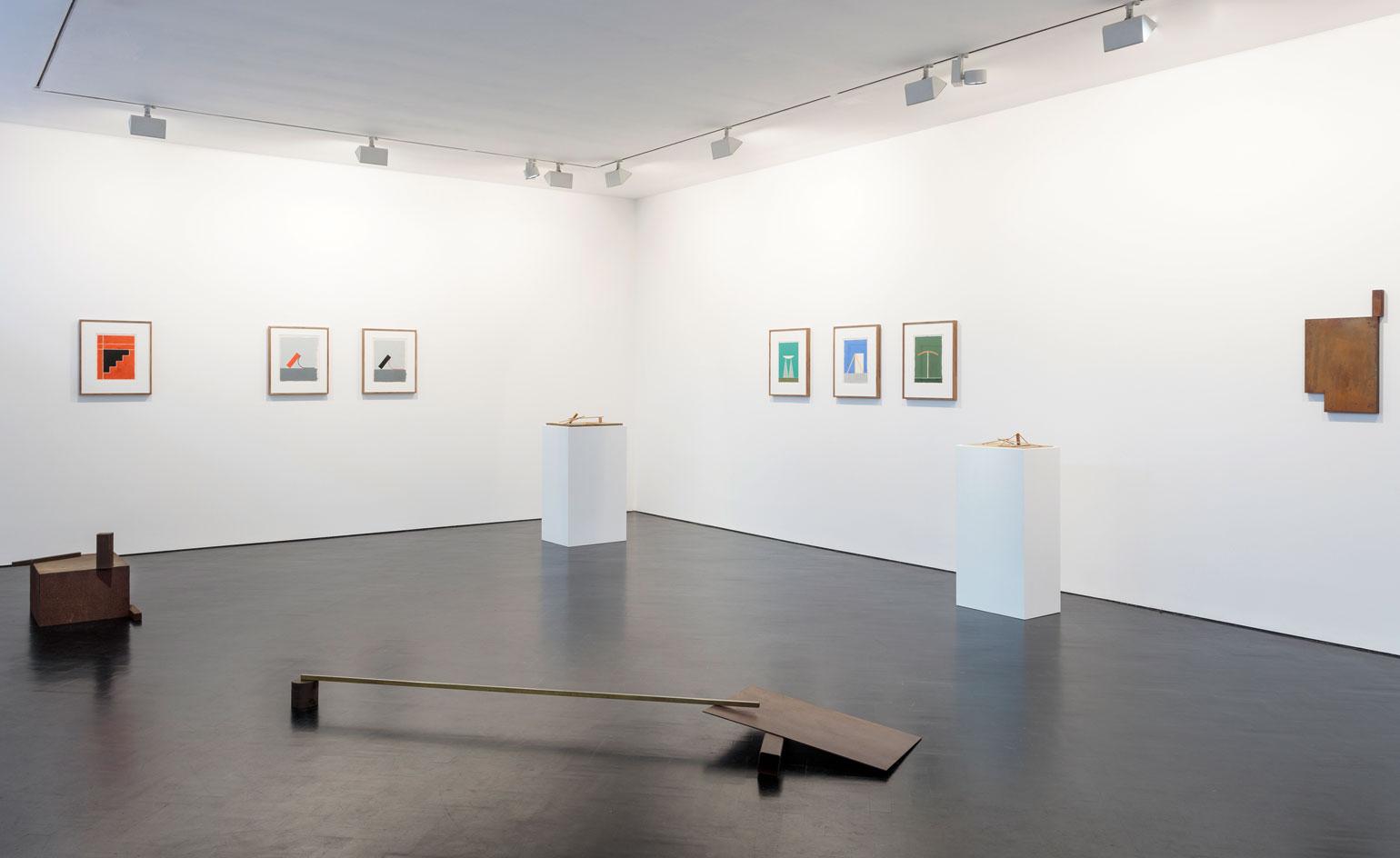
Amidst the all the clamour and fluster of Frieze week, London’s Stephen Friedman Gallery opened a quietly wonderful show dedicated to Japanese artist Jiro Takamatsu.
Takamatsu died in 1998, aged just 62. He had been a key figure in the Japanese art world since the early 1960s when he co-founded the Hi Red Center with Genpei Akasegawa and Natsuyuki Nakanishi. The trio made a name for themselves cleaning the Tokyo streets with toothbrushes, an absurdist dig at the city’s clean up operation in preparation for the 1964 Olympics. Four years later he represented Japan at the Venice Biennale and hooked up with the Mono-ha group who were a little bit op art and a little bit minimalist but not truly either (Takamatsu doesn’t colour between the lines for one thing).
Most of the works at the Friedman show are from the decade between 1973 and 1983, mostly on paper and in pencil, gouache and pastel. Explorations of form, colour and spatial relations, they have a sketchy energy and internal tension. Also included are a series of sculptures and maquettes in iron and wood, of similar intent.
The exhibition also gives over a second gallery entirely to one of Takamatsu’s shadow paintings, set against the furniture and design objects of Shiro Kuramata, including his 'Glass Chair' and 'Cabinet de Curiositè'. Almost exact contemporaries, the pair collaborated on the Cazador Supper Club in Tokyo in 1967 and the room tries to capture something of that space, sadly long gone.
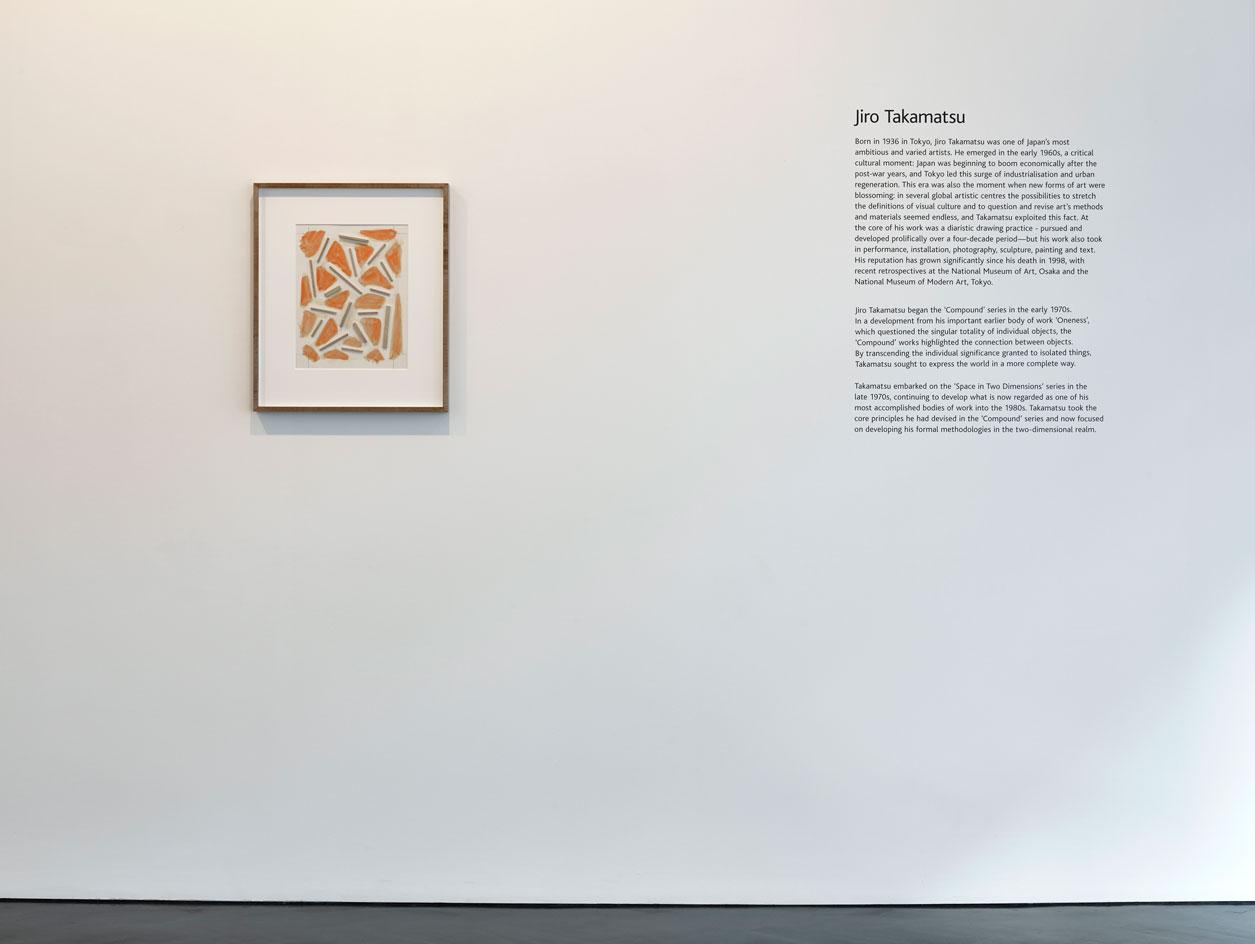
Takamatsu died in 1998, aged just 62; he had been a key figure in the Japanese art world since the early 1960s. Pictured: 'Jiro Takamatsu' (installation view)
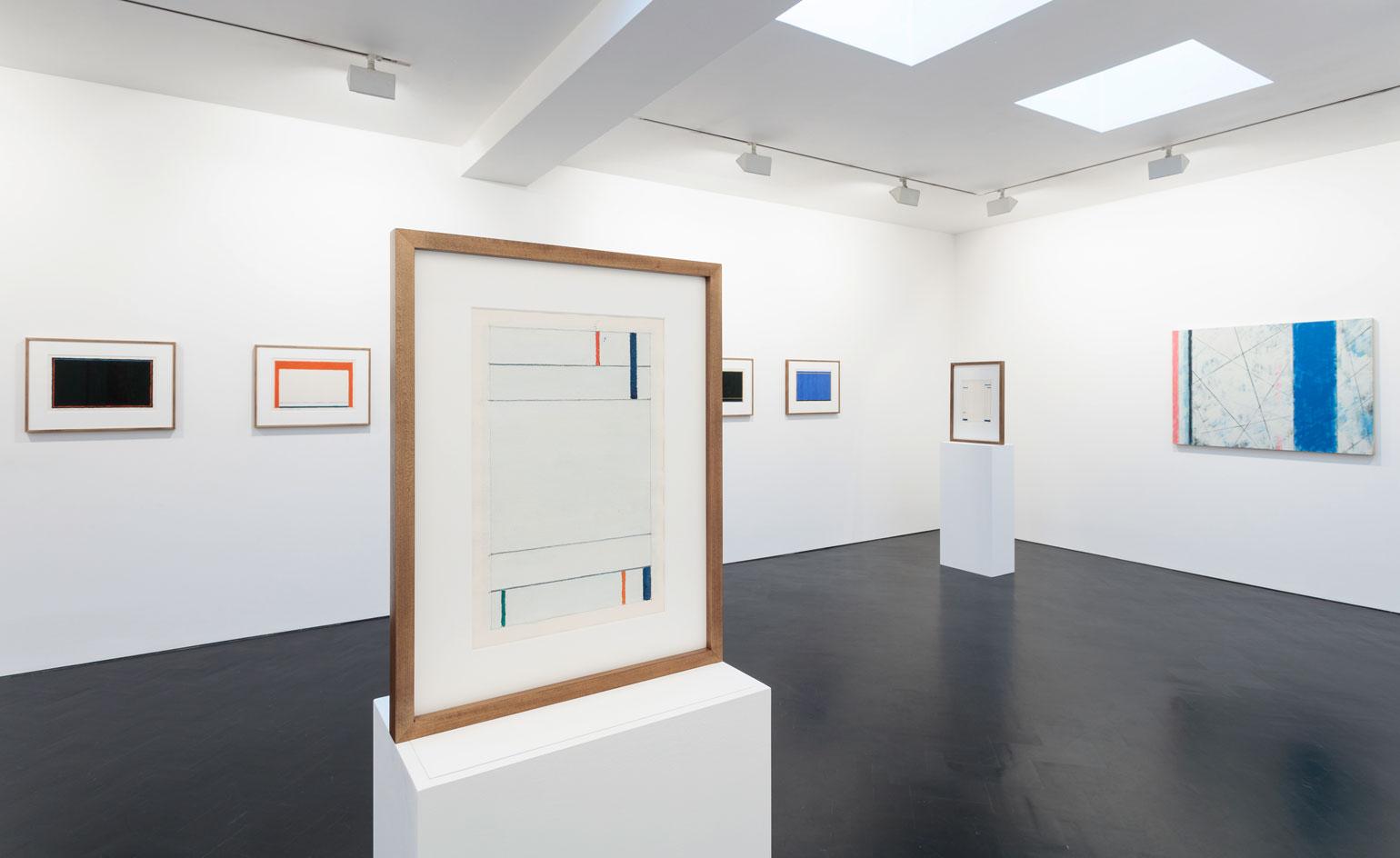
He mastered many mediums, including drawing, painting, photography and sculpture – all of which are represented in this eclectic show. Pictured: 'Jiro Takamatsu' (installation view)
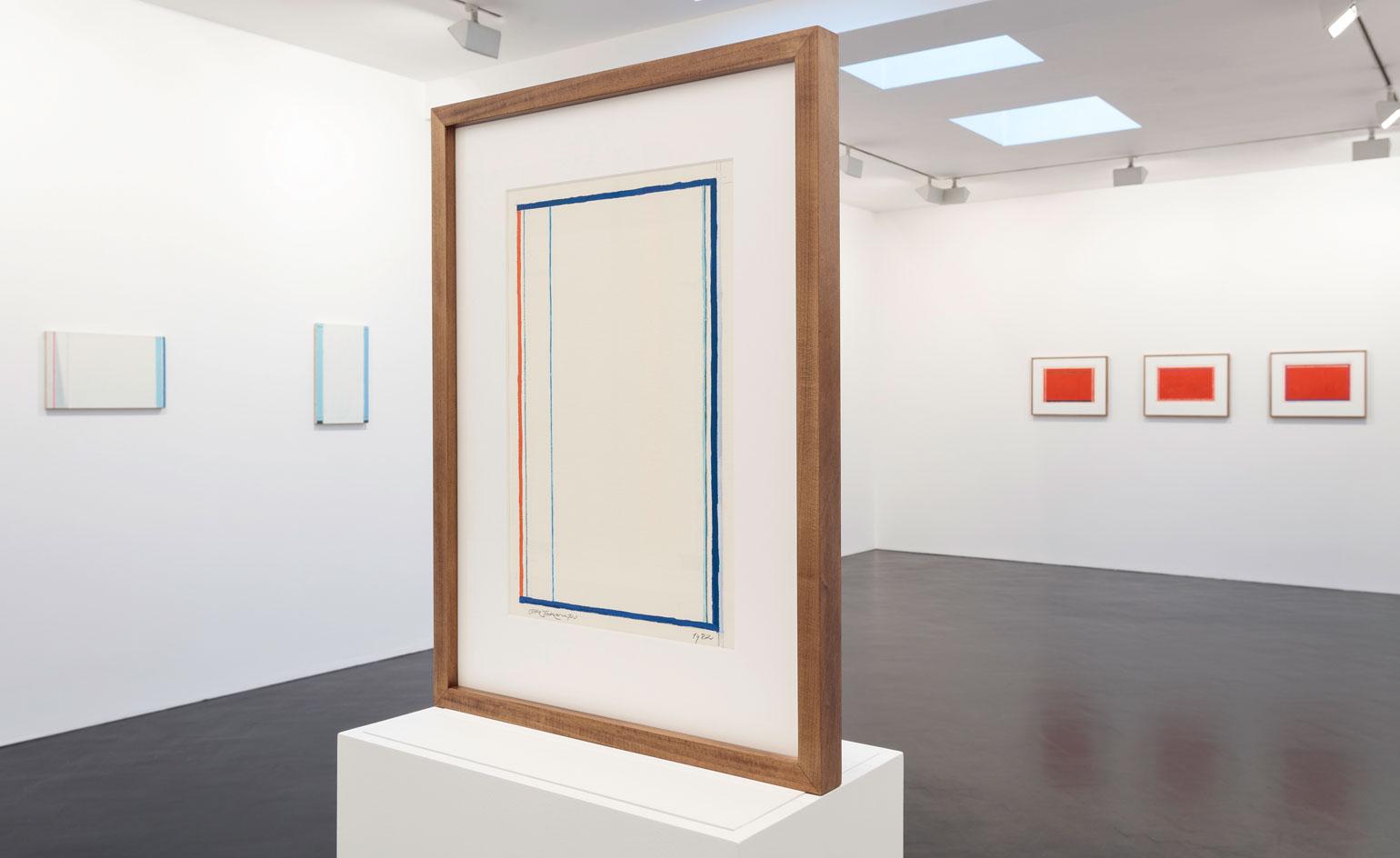
Although each series is distinct in theme, they are all imbued with a sketchy energy and internal tension. Pictured: Frame, 1982
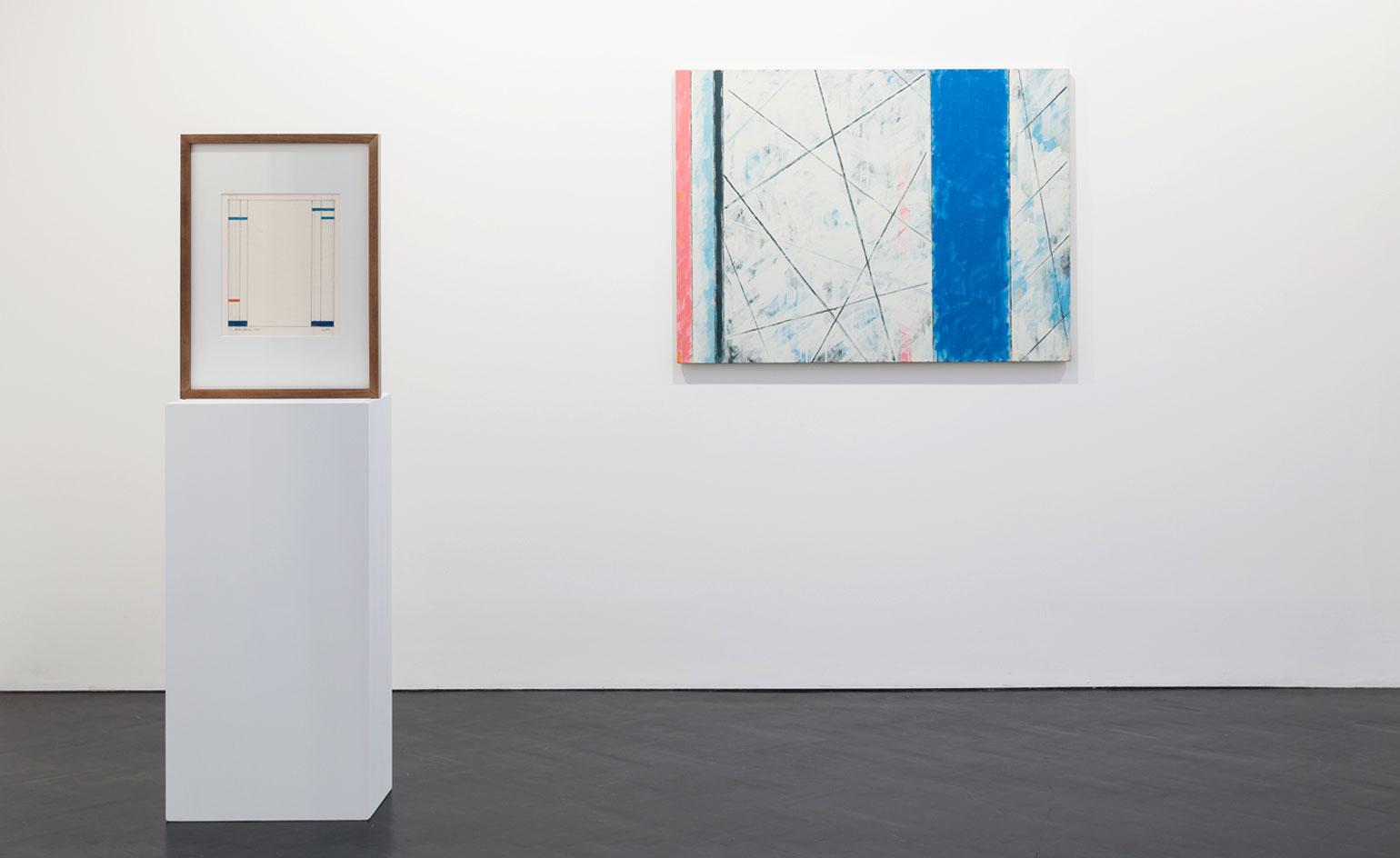
Takamatsu also worked with pastel and gauche, exploring routes of enquiry into colour, line, space and form. Pictured left: Frame, 1982. Right: Space No.975, 1981
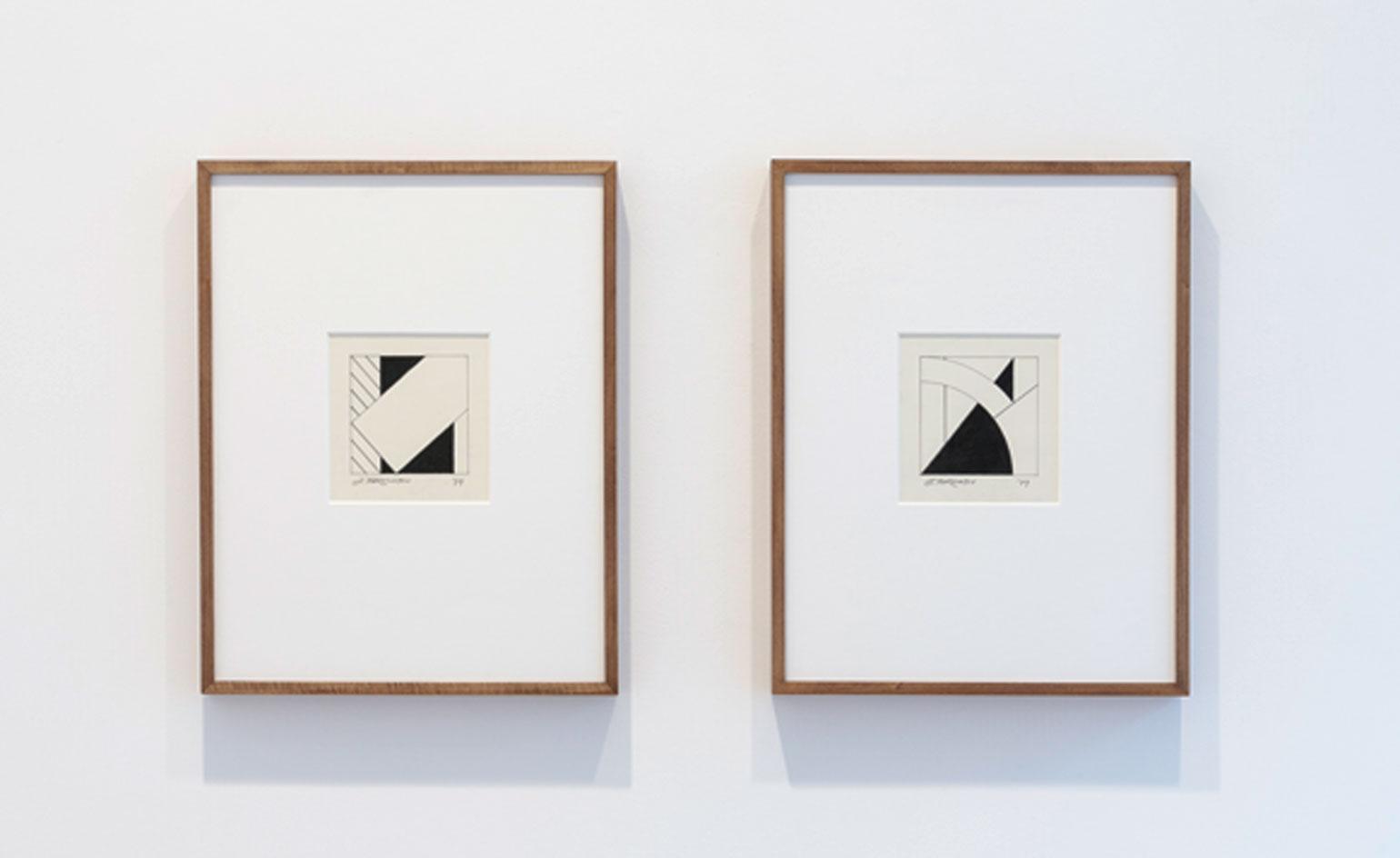
Simple, starkly coloured images belying a highly conceptual undercurrent
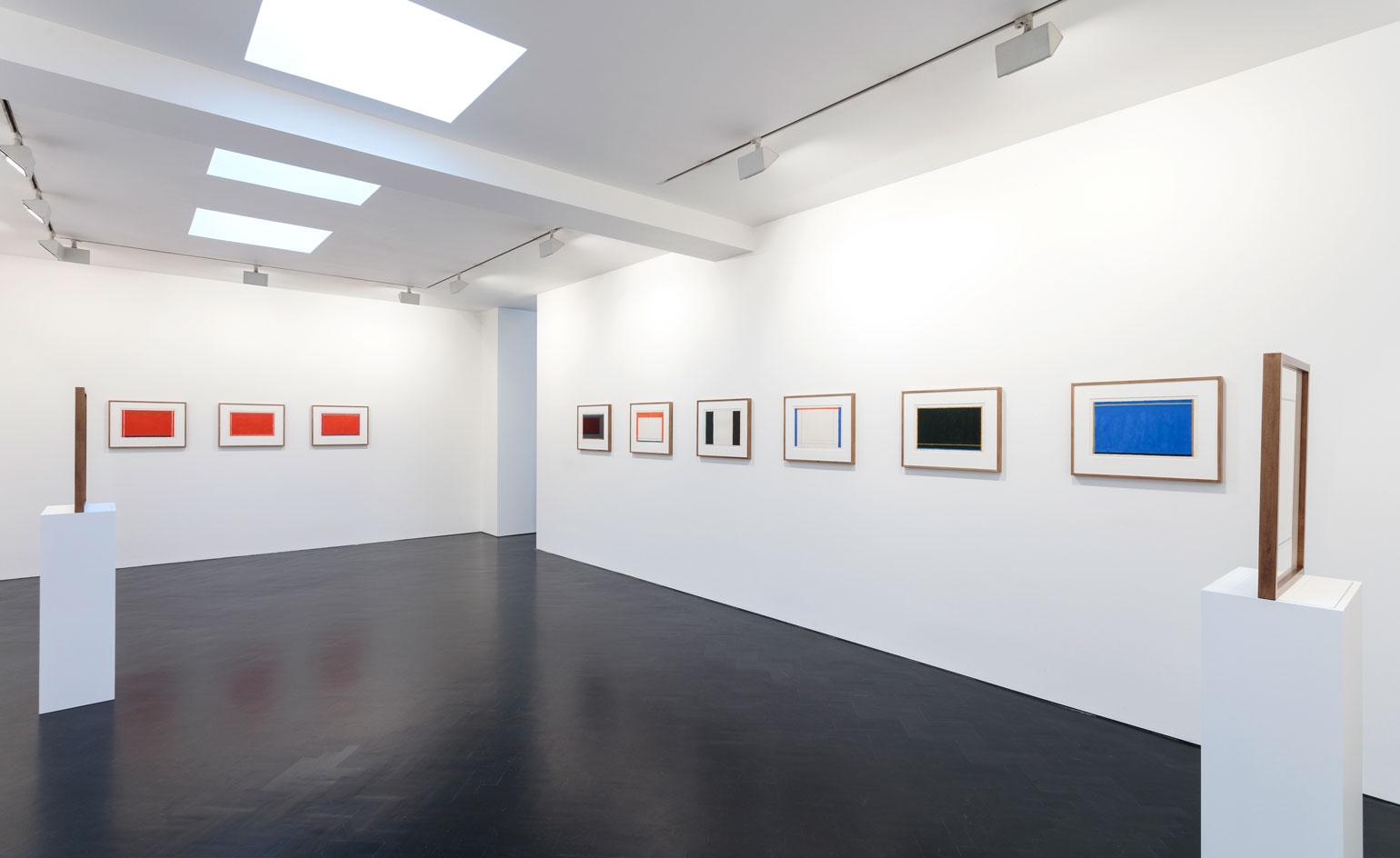
Takamatsu's practice touched upon various movements, including arte povera, post-minimalism and the Japanese Mona-ha group
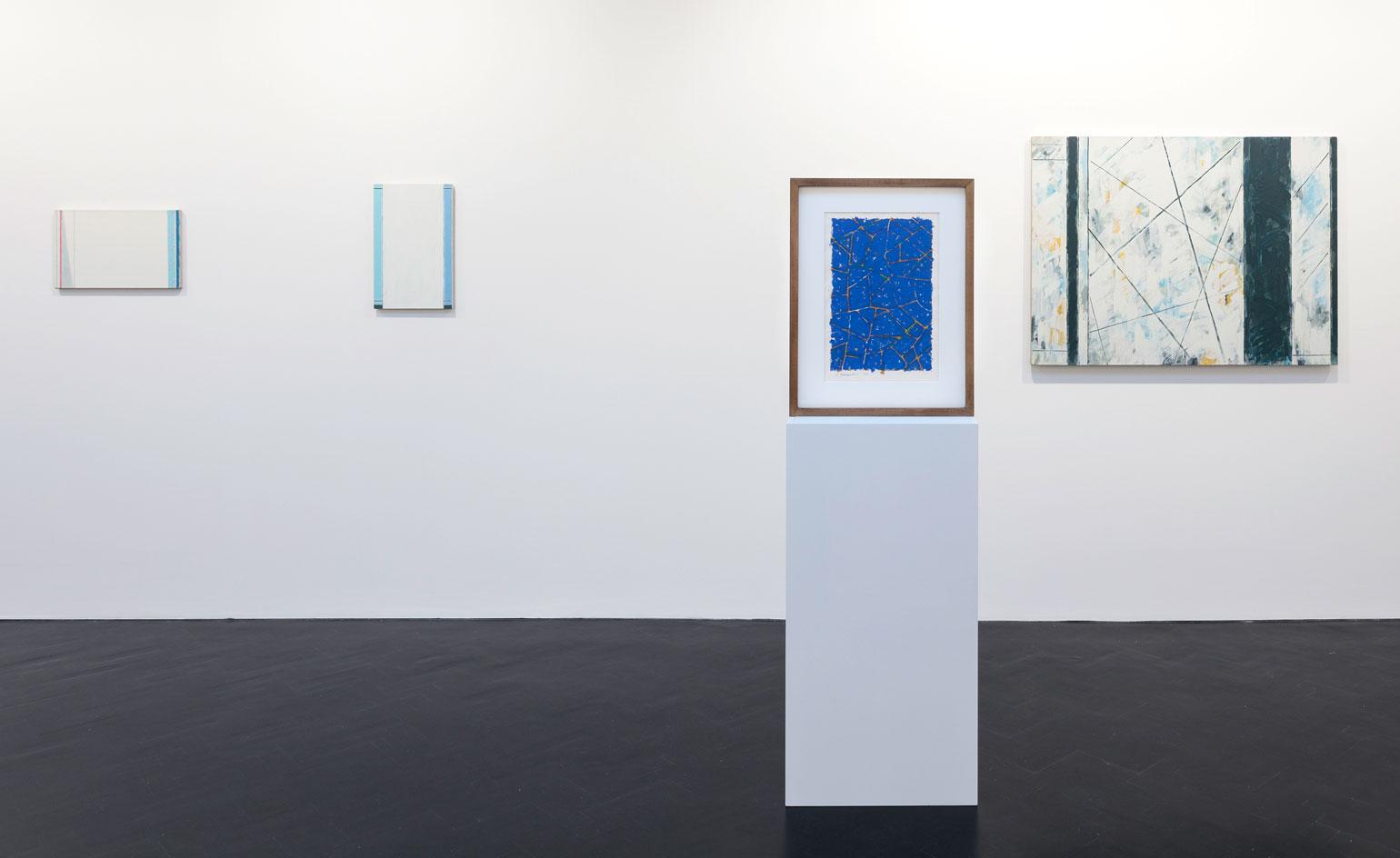
Natural materials appear torn and reconstituted in the vibrant, minimalist Line and Surface, 1983 (foreground)
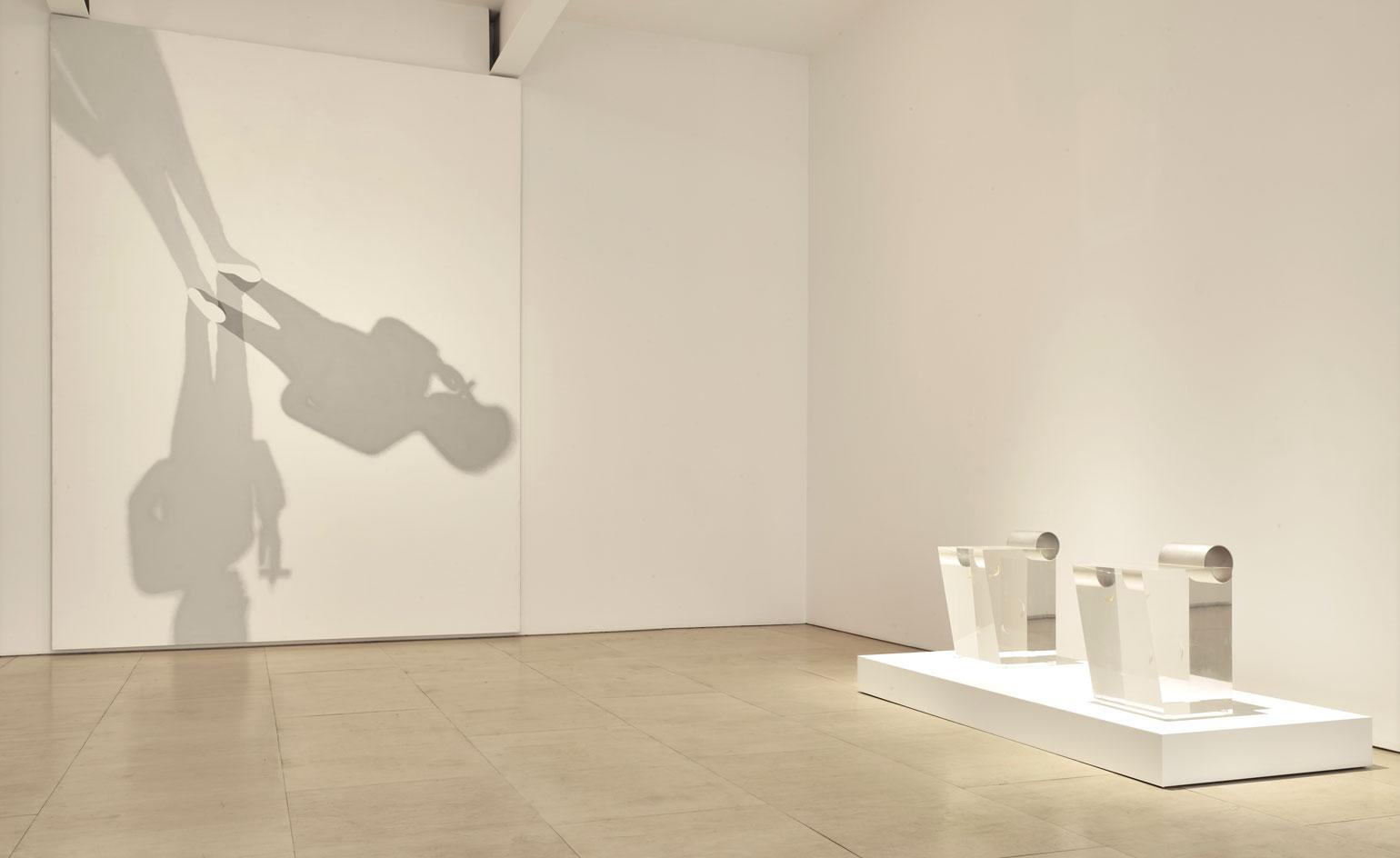
The exhibition also gives over a second gallery to one of Takamatsu’s shadow paintings. Pictured back: Three Shadows of a Man, 1997
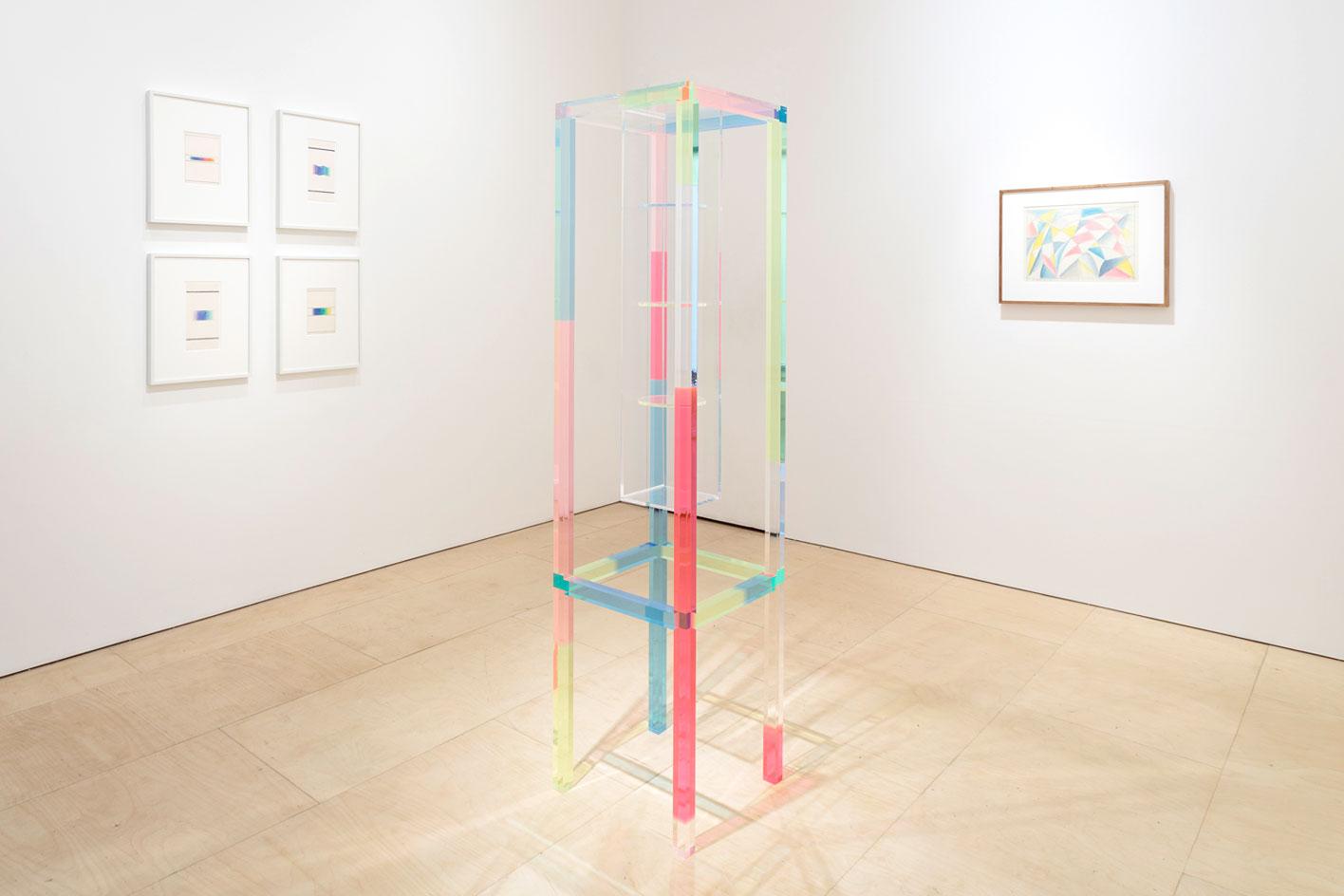
This is set against the furniture and design objects of Shiro Kuramata, including his 'Glass Chair' and 'Cabinet de Curiositè' (designed 1989, pictured). Pictured: 'Jiro Takamatsu / Shiro Kuramata' (installation view)
Information
’Jiro Takamatsu’ is on view until 14 November
Photography: Mark Blower and Stephen White. Courtesy of Stephen Friedman Gallery, London
Address
Stephen Friedman Gallery
Gallery One
25-28 Old Burlington Street
London, W1S 3AN
View Google Maps
Wallpaper* Newsletter
Receive our daily digest of inspiration, escapism and design stories from around the world direct to your inbox.
-
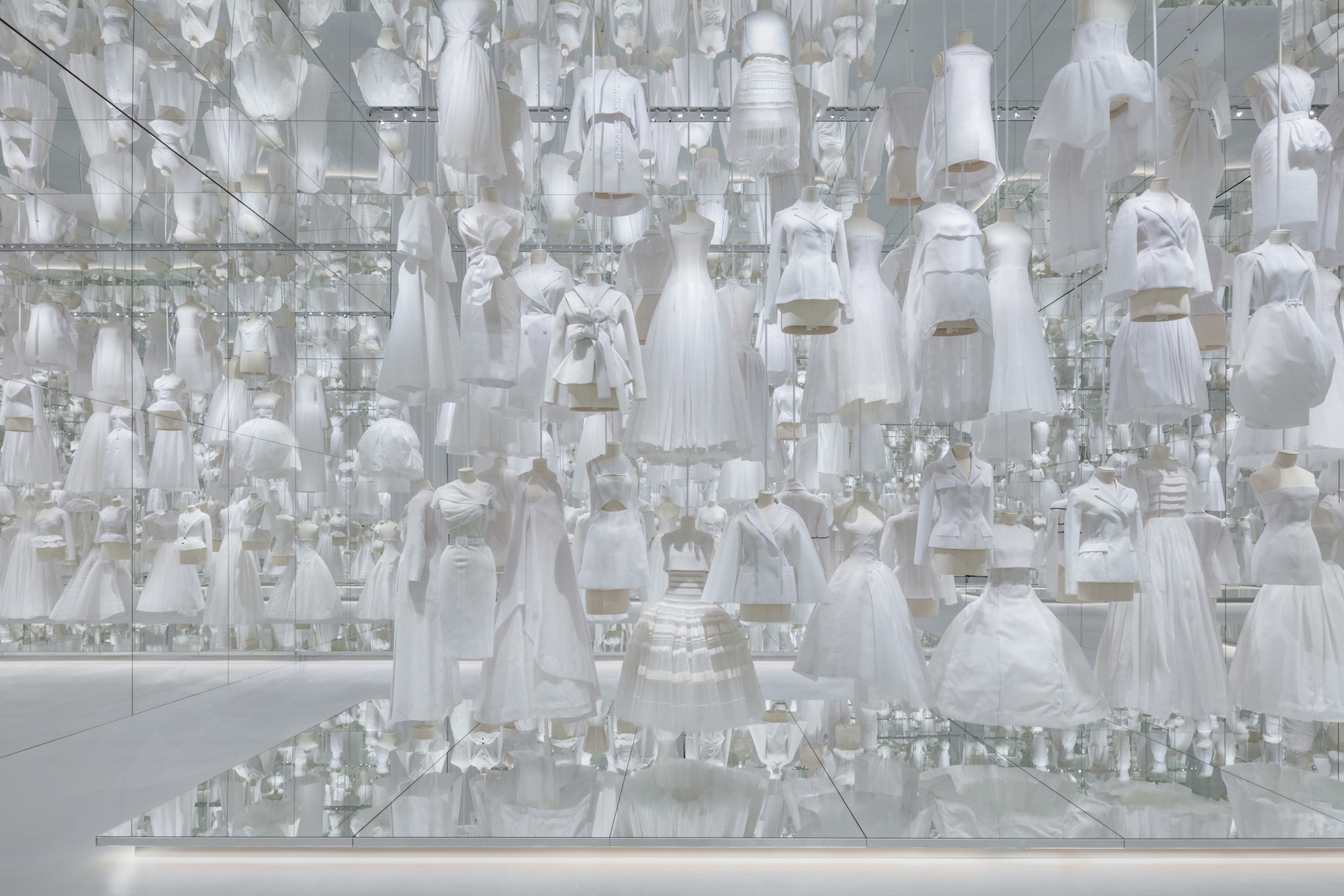 With scenography by OMA, Dior’s ‘Designer of Dreams’ exhibition in Seoul is ‘a piece of theatre’
With scenography by OMA, Dior’s ‘Designer of Dreams’ exhibition in Seoul is ‘a piece of theatre’OMA partner Shohei Shigematsu catches up with Wallpaper* about the dramatic show design for the latest iteration of ‘Christian Dior: Designer of Dreams’, which opened in Seoul this weekend
By Daven Wu
-
 Mercedes-Benz previews its next-gen people mover with an ultra-luxury EV concept
Mercedes-Benz previews its next-gen people mover with an ultra-luxury EV conceptThe Mercedes-Benz Vision V Concept is an art deco picture palace on wheels, designed to immerse passengers in parallel worlds as they travel
By Jonathan Bell
-
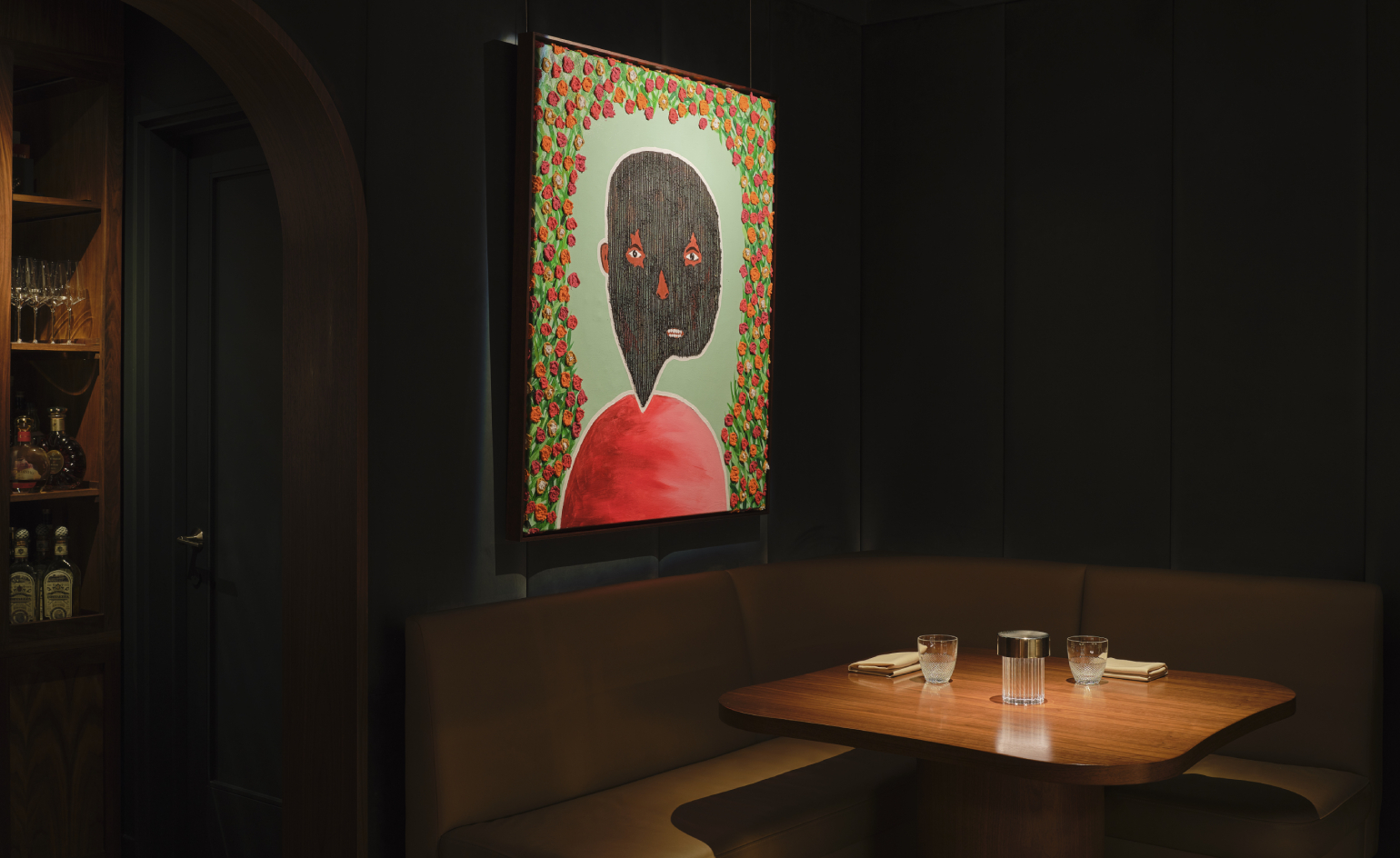 Visit this Michelin-star New York restaurant that doubles as an art gallery
Visit this Michelin-star New York restaurant that doubles as an art galleryArtist Mr.StarCity is exhibiting his emotionally charged yet optimistic ‘Bloomers’ portrait series at Frevo, a Greenwich Village hidden haunt
By Adrian Madlener
-
 ‘Humour is foundational’: artist Ella Kruglyanskaya on painting as a ‘highly questionable’ pursuit
‘Humour is foundational’: artist Ella Kruglyanskaya on painting as a ‘highly questionable’ pursuitElla Kruglyanskaya’s exhibition, ‘Shadows’ at Thomas Dane Gallery, is the first in a series of three this year, with openings in Basel and New York to follow
By Hannah Silver
-
 The art of the textile label: how British mill-made cloth sold itself to Indian buyers
The art of the textile label: how British mill-made cloth sold itself to Indian buyersAn exhibition of Indo-British textile labels at the Museum of Art & Photography (MAP) in Bengaluru is a journey through colonial desire and the design of mass persuasion
By Aastha D
-
 Artist Qualeasha Wood explores the digital glitch to weave stories of the Black female experience
Artist Qualeasha Wood explores the digital glitch to weave stories of the Black female experienceIn ‘Malware’, her new London exhibition at Pippy Houldsworth Gallery, the American artist’s tapestries, tuftings and videos delve into the world of internet malfunction
By Hannah Silver
-
 Ed Atkins confronts death at Tate Britain
Ed Atkins confronts death at Tate BritainIn his new London exhibition, the artist prods at the limits of existence through digital and physical works, including a film starring Toby Jones
By Emily Steer
-
 Tom Wesselmann’s 'Up Close' and the anatomy of desire
Tom Wesselmann’s 'Up Close' and the anatomy of desireIn a new exhibition currently on show at Almine Rech in London, Tom Wesselmann challenges the limits of figurative painting
By Sam Moore
-
 A major Frida Kahlo exhibition is coming to the Tate Modern next year
A major Frida Kahlo exhibition is coming to the Tate Modern next yearTate’s 2026 programme includes 'Frida: The Making of an Icon', which will trace the professional and personal life of countercultural figurehead Frida Kahlo
By Anna Solomon
-
 A portrait of the artist: Sotheby’s puts Grayson Perry in the spotlight
A portrait of the artist: Sotheby’s puts Grayson Perry in the spotlightFor more than a decade, photographer Richard Ansett has made Grayson Perry his muse. Now Sotheby’s is staging a selling exhibition of their work
By Hannah Silver
-
 From counter-culture to Northern Soul, these photos chart an intimate history of working-class Britain
From counter-culture to Northern Soul, these photos chart an intimate history of working-class Britain‘After the End of History: British Working Class Photography 1989 – 2024’ is at Edinburgh gallery Stills
By Tianna Williams